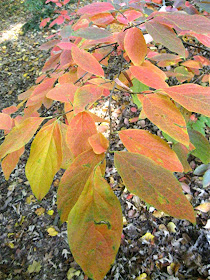




 As usual they were perfect. Behnke's takes their pansies seriously, protecting a long tradition of excellence. I can picture the pamphlet the declaimed, not modestly, but accurately, that "We're known for our Pansies".
As usual they were perfect. Behnke's takes their pansies seriously, protecting a long tradition of excellence. I can picture the pamphlet the declaimed, not modestly, but accurately, that "We're known for our Pansies".When I began work there, about 30 years ago, they still started pansy seed in sand beds outside. seedling were hand dug to go into large packs of 50 seedlings or smaller "market" type packs, or potted into small pots. They were moved in and out with the weather and any that "stretched", that is to say, grew out of tight clumps and became leggy, were ruthlessly, and with no regard for financial cost, discarded. At some point the seedlings began to be grown in cell-packs, filled and planted by machines, and mechanically transferred to their final containers but management stayed pretty strict about quality control and it shows in the plants I saw today.
I met an interesting woman, a fellow customer, who explained to me on noticing that I had heard her talking to no one, that she always found herself talking to pansies because they had such distinctly human faces.











































